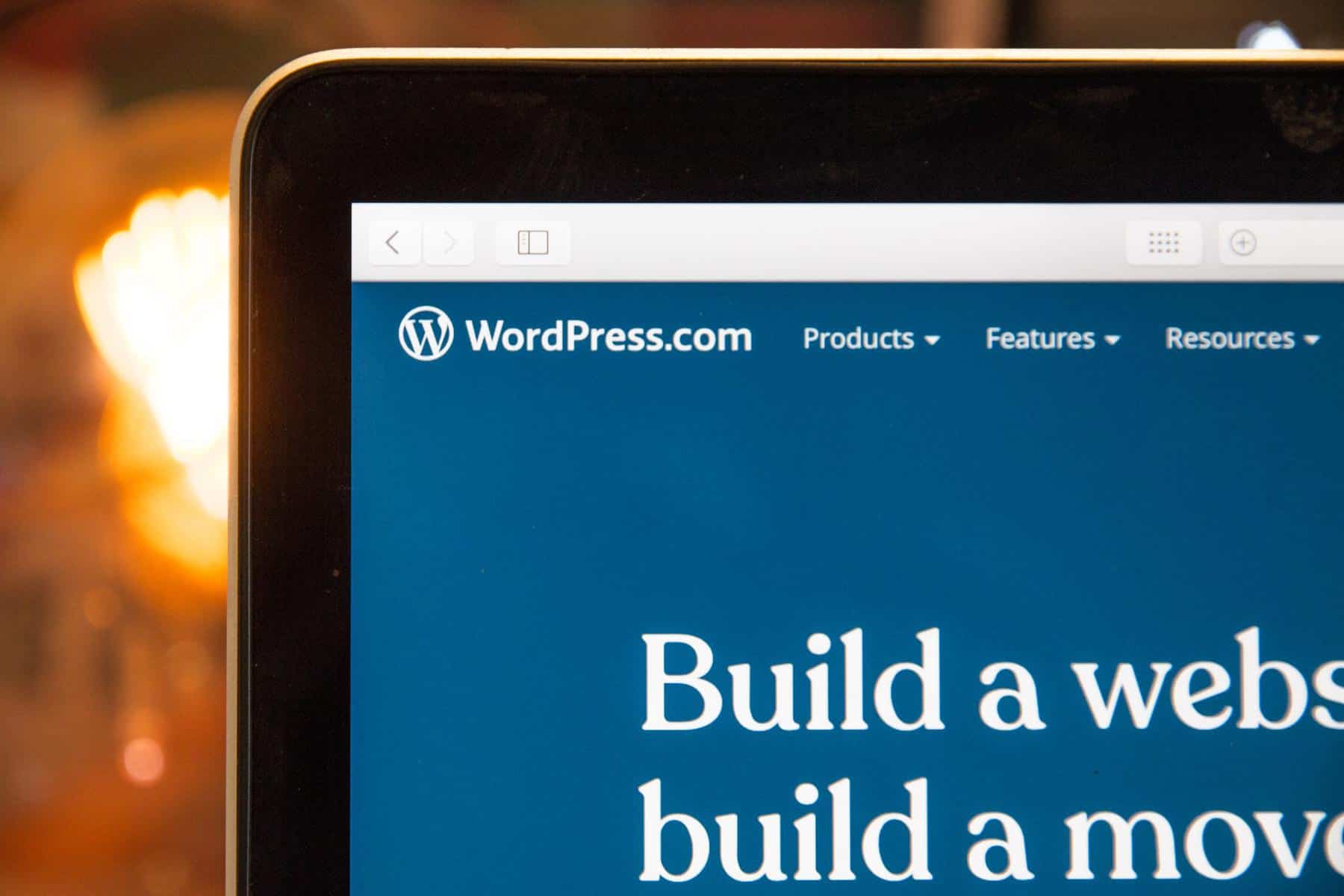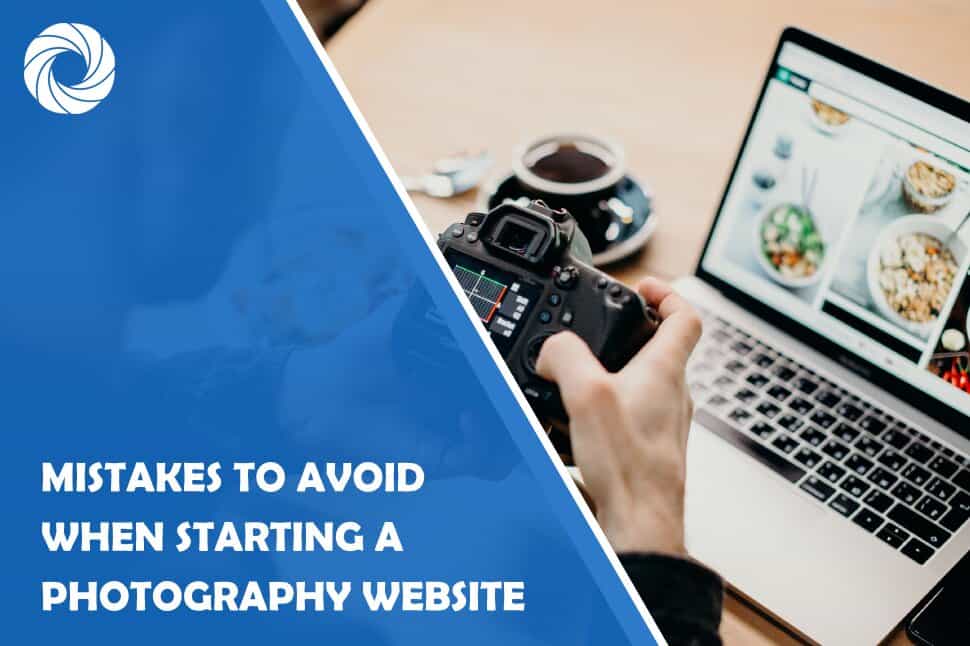Launching any business online can be a complicated and tiresome process, and the situation is no different for photographers. Putting your business on the web is a crucial step in this day and age, but many people stumble and make mistakes that later cost them a lot of revenue. By the time they notice them, they’ve already lost many potential customers or have missed out on quite a few potential sales.
To ensure you don't encounter any of these pitfalls, we’ve created a list of 10 mistakes everyone should avoid when starting a photography website. So, keep on reading, take notes, and make sure your launch and subsequent career go swimmingly.
1. Choosing the wrong website builder
Choosing a website builder is the first decision you will have to make when starting any website. This fundamental step in launching your business online could make or break it, as it’s going to determine, to a high degree, what your website will look like and how it will function. It will also impact your SEO and bring a high or a low number of visitors to your respective website.
The decision is based on multiple factors, ranging from the simplicity or features, all the way to price and customizations – you need to hit that sweet spot since your online development will heavily rely on it. There are numerous options when choosing one, and since it will be the building foundation of your website, choosing the proper photography website builder is the essential first step.

2. Messing up your domain name
Way too many people try and use keywords in their domain names to get some SEO benefits from it. The truth is while using keywords in this manner is going to give you a tiny boost, it’s nothing in comparison to what you’ll be missing out on, and that’s branding.
Using keywords, especially many of them simultaneously (it’s way more common than you think), is going to make your domain name long, clunky, and worst of all, completely unmemorable. The best advice one can give when it comes to this is to use the name of your business – if it’s available – and maybe one keyword that should be there anyway, for instance, “photography” or something along those lines. By no means should you use a million hyphens or make your domain name a mini-essay.
3. Terrible permalinks
At first glance, this could seem wholly unimportant, but as photographers, you should all know that details can sometimes make a huge difference when it comes to your work, and the situation is not at all different when it comes to your website.
4. Having a slow website
According to online polls, a user is extremely likely to straight-up leave a page that doesn’t load in the first three seconds upon clicking on it. Having a lot of media on your page is bound to slow it down, but as a photographer, you’re probably not going to get far without media. So, what can you do about it?
The first thing to take into account is your web hosting provider. No matter how you build your website, if its server is slow, there’s absolutely nothing you can do about it. So, you really need to make sure you choose the right host. Another thing to keep an eye on is your image size; the best thing to do is resize and compress your images for display purposes and keep the full-sized versions only if you plan to provide prints straight from your site.
5. Forgetting about responsiveness
This one goes without saying and is really self-explanatory. Your site needs to look just as good and be just as functional on any screen size.
More and more people use their phones to browse for whatever it is they are looking for on-the-go. You simply can’t miss out on this as the probability of a potential visitor using their phone to access your site is sky-high, so keeping your site only desktop-friendly could hurt your business. Nobody is going to consider hiring you if they can’t even see your photos properly.
6. Adding music
There’s not much to say here, so let’s keep it short. You may think it sets the ambiance; it doesn’t. You may think it's whimsical and shows personality; it doesn’t.
Nobody likes clicking on a page and having music automatically playing and ruining their whole experience. When this happens, people just click-off and never come back, because let’s admit it, it’s annoying.
7. Making navigation and searching difficult
Even if someone is actually interested in your work, they are way more likely to leave your site if they can’t find what they want quickly. This might not be a huge problem if what you’re looking to create is a simple portfolio website, just showcasing your best work and putting the stars of the show to the fore.
Just a simple suggestion, put a discrete search bar somewhere noticeable and let your visitors look up what they’re interested in by themselves.
8. Inefficiency and no attention to detail
As a photographer, you can’t expect someone to trust you if your website isn’t well-developed. Being an artist, you know that attention to detail is essential.
Instead of listing quite a few minor (but impactful) errors separately, we’re just going to name a few things at once, so none of them escape your attention.
● A slideshow with no controls for the users
● Too many photos in different styles – It’s important to find your niche, find a target audience, and try to reel it in; being a jack of all trades won’t help.
● Small photos – People often preserve the quality of their photos but still want their site to load fast, so they make the photos small. This is a huge mistake that could cost you a lot of business.
9. No pricing or fees page
This might seem counter-intuitive at first, but think about it, how many times have you not dined at a restaurant because the prices were nowhere to be found on the menu. Our guess is more than a few. The same goes for services or art.
When people can't find the prices easily they assume one of the following; either the prices are so outrageous that you don’t even want to put them on your page, or there’s something fishy going on.
10. No social media buttons
To wrap up this list, we’ll tell you something that could perhaps be seen as unorthodox advice, as you probably wouldn’t think of this as a necessity. By having that opinion, you wouldn’t be wrong; it most certainly is not a must-have. However, while people are not likely to randomly share your page on their socials, they just might do it if they’re a former client happy with your service/product and want to recommend you to someone, or they just really enjoy your work and decide to share it online. You’d be surprised how many times people share things like this, but you’ll never know unless you give it a try.
Also, having your socials listed on your website shows that you’re active, and potential customers can contact you with any queries or questions.
Final Thoughts
Most of the advice we’ve given you is quite simple, but that doesn’t mean it’s not highly effective. As you saw, we mentioned things people often overlook or simply forget about when launching a website, so use this list to make sure you won’t be one of those people.
We hope you found this article helpful and are finally ready to kick things off with confidence and efficiency.
